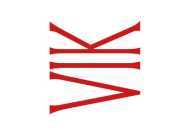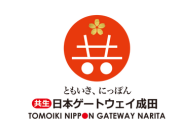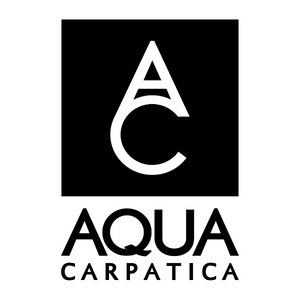The plan – called the New Zealand Wine Roadmap to Net Zero 2050 – was launched in Wellington during the Research & Innovation Forum at the Altogether Unique 2024 annual wine celebrations.
Fabian Yukich, chair of NZW’s environment committee, said: “Climate change is the biggest long-term challenge facing our industry. It will influence our choice of grape varieties, wine styles, viticultural techniques and regions, and importantly, the purchase decisions of our customers. Our response to climate change is critical to the reputation of New Zealand as a producer of high value, sustainable, premium quality wine.”
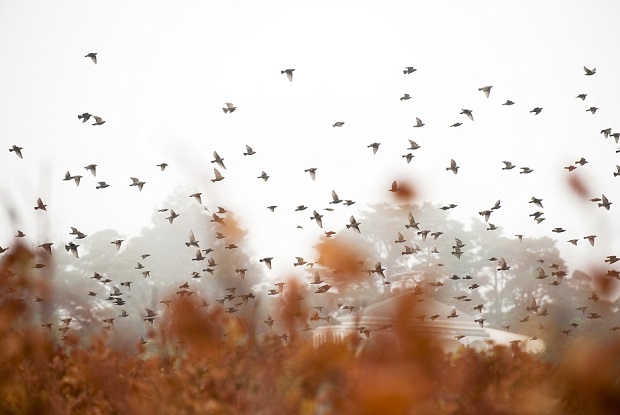
The Roadmap identifies the industry’s current greenhouse gas emission (GHG) footprint and sets out where the wine industry needs to be at 2030, 2040 and 2050. The Roadmap also offers vineyards and wineries practical options that will help the industry to reduce its emissions as much as possible – and as fast as possible.
For the New Zealand wine industry, net zero means reducing the 2022 (baseline) GHG emissions by 90% by 2050 and neutralising the remaining 10% of emissions through emission removal projects.
The total industry footprint has been estimated at 305,000 tCO₂e – with packaging accounting for about 190,000 tCO₂e of that.
The Roadmap identifies five key opportunities to reduce GHG emissions for the wine industry:
- Improving energy efficiency – improving the efficiency of fuel use and electricity to reduce energy consumption overall.
- Moving away from diesel – replacing diesel and other fossil fuels with alternate fuels, such as biofuel or green hydrogen and electrifying farm equipment and machinery.
- Decarbonising electricity – decarbonising New Zealand’s electricity grid or adopting on-site solar energy generation.
- Innovating the value chain – engaging with suppliers to decarbonise goods and services such as packaging and transport.
- Using carbon removals – reducing emissions by increasing the potential for our land to sequester and store carbon.
The Roadmap to Net Zero 2050 is just one component of the New Zealand wine industry’s commitment to sustainability. Since 1995, Sustainable Winegrowing New Zealand (SWNZ) has been the wine industry’s independently audited sustainability certification programme. Its logo can be seen on millions of bottles of New Zealand wine that are exported around the world.
NZW has more than 600 grower members and 700 winery members.
Canopy comment
From reading the Roadmap, it seems as if there are two areas where winemakers can make huge savings on their emissions: diesel and bottles.- With diesel fuel representing 56% of emissions in the vineyard, electrification represents a huge opportunity for reduction of GHG. An alternative is to use piwi grape varieties which require far fewer sprays per season – and therefore fewer tractor passes. Our editor, Chris Boiling, is trying to make a benchmark sustainable wine in Austria using piwi grapes which required 90% less spraying than the noble varieties in a nearby vineyard. He also plans to transport the wine by train.
- With packaging representing 69% of emissions from the winery, using lightweight and low-carbon glass is an easy way to reduce GHG. Increasing in-market bottling and alternative packaging materials would also make a significant difference to emissions. Chris’s benchmark sustainable wine will be bottled in Green Gen woven flax, Frugalpac and lightweight glass bottles for comparison purposes.

 English
English French
French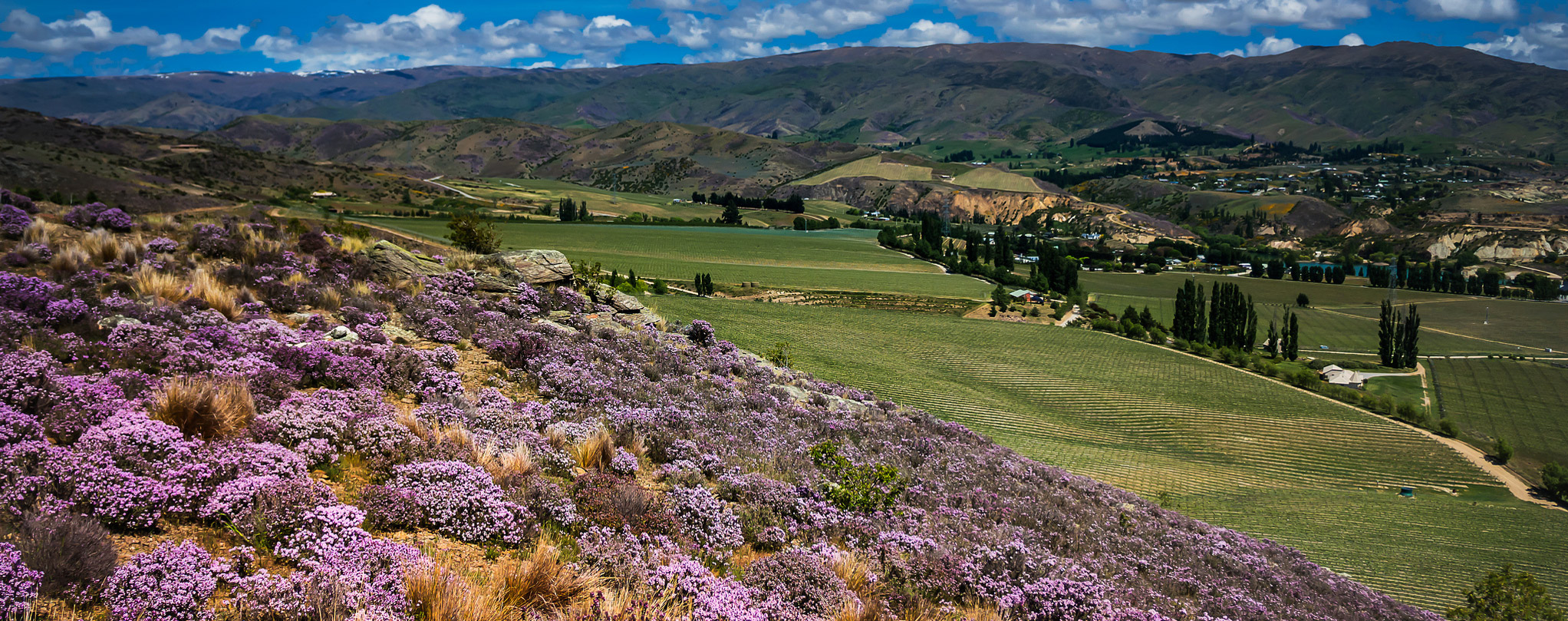

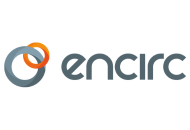
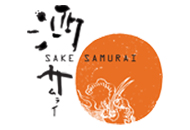
.png)
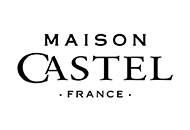
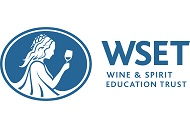
.png)

